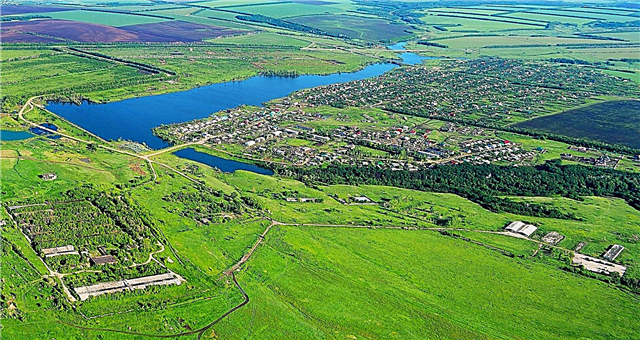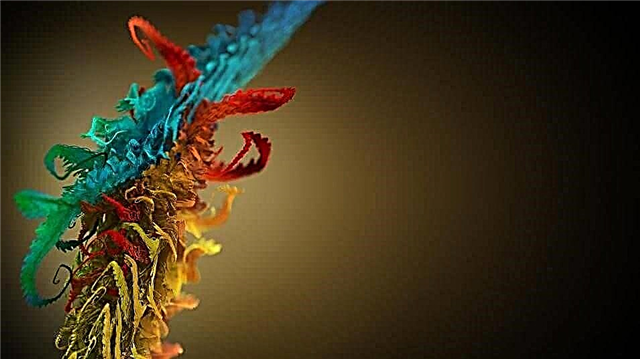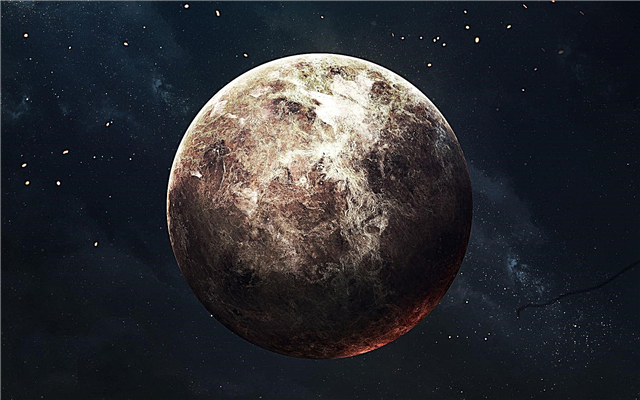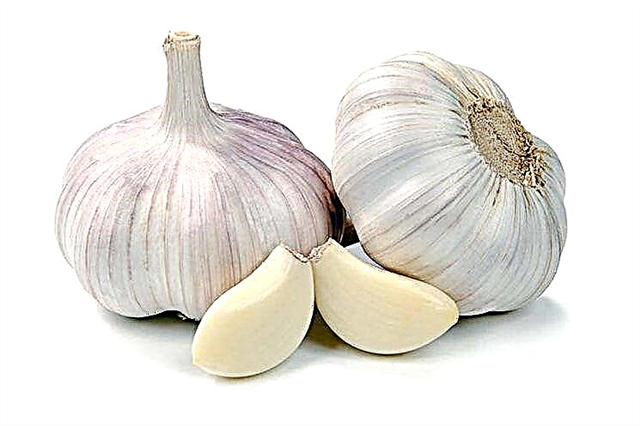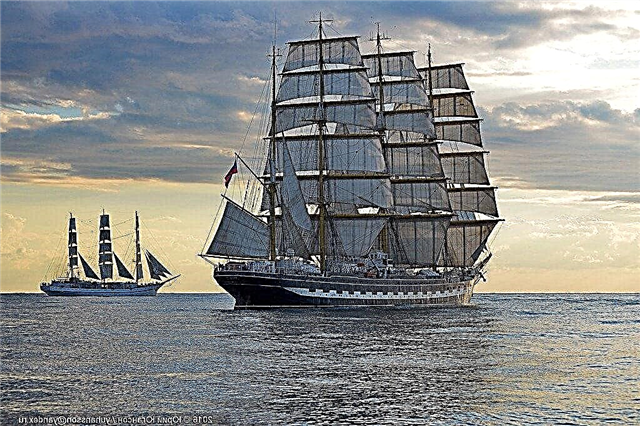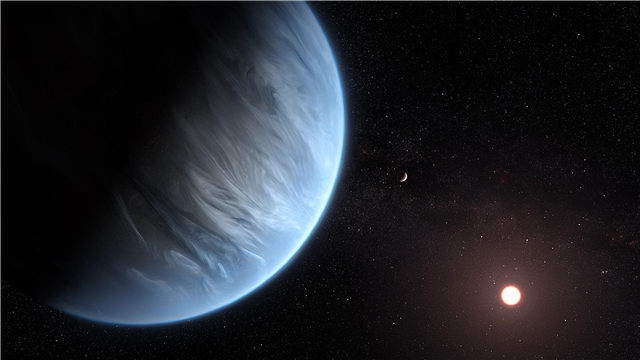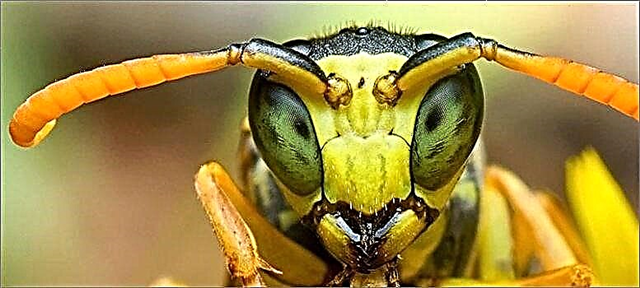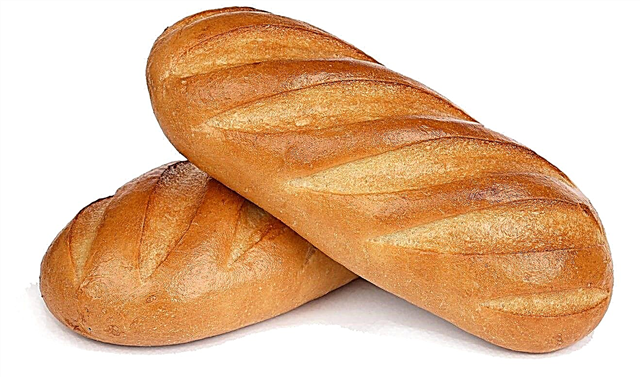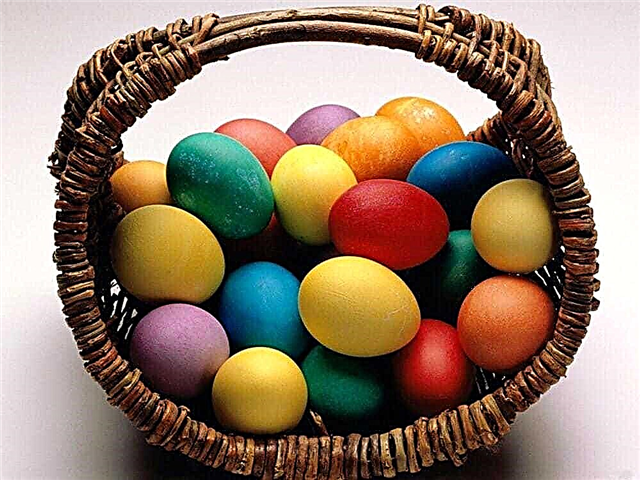
Before sending people into outer space, it was necessary to conduct a large number of experiments. In space, many everyday actions turn into a real feat, because even to eat in zero gravity is not easy. How, then, do animals eat?
Dogs in space
Dogs were the first test animals. Many other species were considered, for example, monkeys. However, there were a lot of problems with them, since the monkeys needed serious physical preparation, and also did not give in to training. Dogs, on the contrary, were strongly attached to their owners, quickly trained in teams and met all the requirements. They were also well studied thanks to the experiments and research of I.P. Pavlov.
Dogs, like other animals, were securely fixed inside the spacecraft. Otherwise, they would randomly fly inside. The same problem with food - it scatters in the cabin, and the liquid turns into balls. With cosmonauts it’s easier - they packed food in various tubes. For dogs, they originally came up with a special machine.

The menu and type of food are designed in advance. Dogs need a large amount of water in addition to nutrients. The special machine consisted of several hermetic cells. Inside each of them was a mixture of a jelly-like consistency. To create it, a vegetable analogue of gelatin, water and nutrients were used.This container worked in automatic mode. It was installed next to the dog and opened twice a day so that the animal could eat and drink at the same time. Dogs never refused food, despite a stressful situation.
Interesting fact: During a long test and launch into space of dogs named Ugolek and Veterok, it was decided to feed them with homogenized products. This is food, carefully ground in an industrial environment (this technology also makes food for babies). She entered directly into the dog’s stomach through a special hole.
Other cosmonauts
For mice and rats, the “dog” feeding system was ideal. However, for other animals traveling into space, new ways were invented. For example, monkeys eat with their hands, so for them food was packed in containers with tubes.
The geckos did not have any particular problems with gravity. They easily clung to walls and other surfaces due to suction cups on the body. There were no difficulties for the fish - they ate in the usual way. When the probe-5 was launched, turtles were sent into space for testing. They do not need to be fed at all, because turtles go without food for up to one and a half weeks.
Among the birds, the first to go into space were the quail, or rather, the quail eggs in a special incubator. Chicks were successfully born already outside the Earth. However, in the absence of gravity, they felt extremely insecure. The chicks could not fix themselves, randomly spinning inside the cage.Accordingly, they could not eat.
The flights of animals continued for a short time, however, even several hours in space are a significant burden and stress for the body. According to the recommendations, the animals should not be thoroughly fed immediately before the flight. During the journey, food was also served in carefully calculated dosages.
Loose food is not suitable for conditions in space. In the absence of gravity, it scatters into small particles. They, in turn, can get into the respiratory tract and lungs of the animal. The same goes for balls of water, which can be in the lungs along with inhaled air.
Interesting fact: Among dogs, only mongrel girls were selected because of the increased stability of the body, as well as the characteristics of satisfying physical needs. Animals were selected no higher than 35 cm at the withers and not heavier than 5-6 kilograms.
For all animals that were sent into space, an optimal menu and a food supply system were developed. In most cases, these were special machines with hermetic cells, which were installed next to animals. At the set time, the food container opened. A jelly-like mixture with a sufficient content of water, proteins, fats, carbohydrates and vitamins was created as food.


